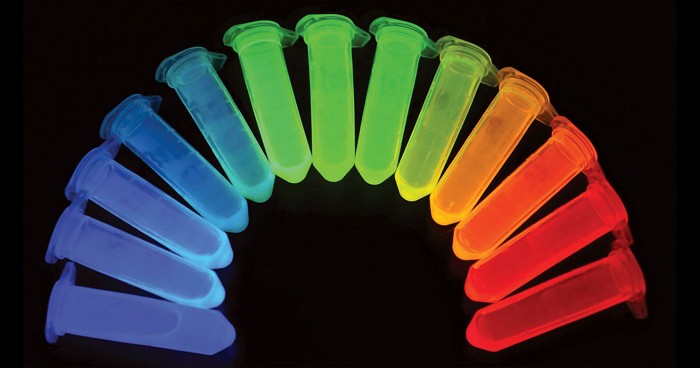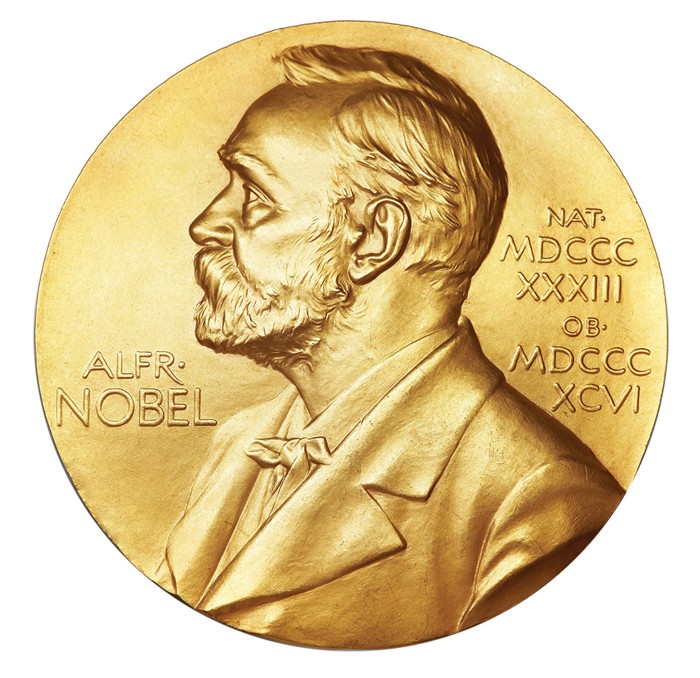Advertisement
Grab your lab coat. Let's get started
Welcome!
Welcome!
Create an account below to get 6 C&EN articles per month, receive newsletters and more - all free.
It seems this is your first time logging in online. Please enter the following information to continue.
As an ACS member you automatically get access to this site. All we need is few more details to create your reading experience.
Not you? Sign in with a different account.
Not you? Sign in with a different account.
ERROR 1
ERROR 1
ERROR 2
ERROR 2
ERROR 2
ERROR 2
ERROR 2
Password and Confirm password must match.
If you have an ACS member number, please enter it here so we can link this account to your membership. (optional)
ERROR 2
ACS values your privacy. By submitting your information, you are gaining access to C&EN and subscribing to our weekly newsletter. We use the information you provide to make your reading experience better, and we will never sell your data to third party members.
Nobel Prize
C&EN covers the 2018 Nobel Prizes
by Bibiana Campos Seijo
October 7, 2018
| A version of this story appeared in
Volume 96, Issue 40
It’s the beginning of October, and for C&EN, as for many other science news organizations, this is synonymous with Nobel Prize announcements.
Every year there is a huge buildup in the weeks preceding the announcement of the winners. Social media channels witnessed many a discussion relating to who may win and what the merits of the different candidates are. At C&EN, as is now tradition, we hosted a webinar with a number of special guests, including 2018 Talented 12 members, to predict the winners of the Nobel Prize in Chemistry. During the webinar, we also ran a poll for attendees to vote for the chemists they thought would win. John B. Goodenough of the University of Texas, Austin, was the people’s favorite this year, for his work on the development of lithium-ion batteries. His name has been spoken about for years as a potential winner, and the prize would be well deserved. But as he ages—he is now 96—the possibility that he may win is unfortunately dwindling.
Again following tradition, we covered each of the three science awards—physiology and medicine, physics, and chemistry—as they happened. It meant early mornings and high doses of coffee for those on the team who were on reporting duty. Here’s a summary of each of the prizes in the order in which they were announced:
First was the 2018 Nobel Prize in Physiology or Medicine. This was awarded on Oct. 1 to two researchers “whose discoveries opened up a new field of cancer therapy based on unleashing the immune system to attack tumors,” C&EN reporter Megha Satyanarayana says. The researchers—Tasuku Honjo of Kyoto University and James P. Allison of the University of Texas MD Anderson Cancer Center—will split the roughly $1 million prize for their work on the development of checkpoint inhibitors, a class of cancer drugs “that overrides an internal mechanism that keeps immune cells from attacking the body, allowing the cells to go after tumors,” our coverage explains. According to Allison’s comments at a press conference, the Nobel committee confirmed this is the first time that an award has been given for a cancer treatment rather than for the understanding of a cancer mechanism, which in my view demonstrates how much the committee has evolved in its thinking and approach to awarding the prizes.
This was followed by the 2018 Nobel Prize in Physics, which went to Arthur Ashkin, previously of Bell Laboratories but now working from his home lab, Donna Strickland from the University of Waterloo, and Gérard Mourou from École Polytechnique and the University of Michigan, Ann Arbor, “for developing optical tweezers and ultrashort, high-intensity laser pulses,” reporter Sam Lemonick explains. Interestingly, Strickland was Mourou’s graduate student while they were both at the University of Rochester, and it is the work that they did together there in the 1980s that is now recognized.
Advertisement
And then came the 2018 Nobel Prize in Chemistry, which went to Frances H. Arnold, George P. Smith, and Gregory P. Winter for their work toward “harnessing evolution to identify new enzymes and binding proteins,” reporter Celia Henry Arnaud says. And so Arnold became the fifth woman to win a chemistry Nobel, and Strickland became the first woman to win a physics Nobel in more than 50 years and only the third to ever win it. There is still much progress to be made, but boy, did it feel good! Up until this year, only 3% of the scientists to win a Nobel Prize had been women. May 2018 signal a significant shift in diversity for the Nobels. Indeed, those invited to nominate for 2019 will, for the first time, be asked explicitly to consider diversity in their choices. For more on the nomination process, check out C&EN’s interactive graphic on 50 years of Nobel nominations.
Views expressed on this page are those of the author and not necessarily those of ACS.




Join the conversation
Contact the reporter
Submit a Letter to the Editor for publication
Engage with us on Twitter